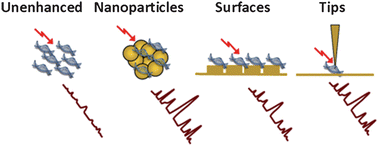 We are delighted to announce the appointment of Professor Evan Williams of the University of California, Berkeley as our second Associate Editor for the Americas.
We are delighted to announce the appointment of Professor Evan Williams of the University of California, Berkeley as our second Associate Editor for the Americas.
Professor Williams received his B.S. from the University of Virginia and his Ph.D. from Cornell University; he has held positions at Stanford University and Lawrence Berkeley National Laboratory, been a Visiting Professor at the University of Aarhus, Denmark, and received numerous awards. His current group at Berkeley develops and applies novel instrumental and computational techniques in mass spectrometry, tandem mass spectrometry, separations, and laser spectroscopy to solve problems of fundamental interest in chemistry and biochemistry.
We’d like to welcome Evan and his expertise to the Analyst Editorial Board as Associate Editor alongside Professor Steve Soper – together, we look forward to further meeting the needs of our authors.
So, if you’re an author in the Americas, why not submit your paper?













